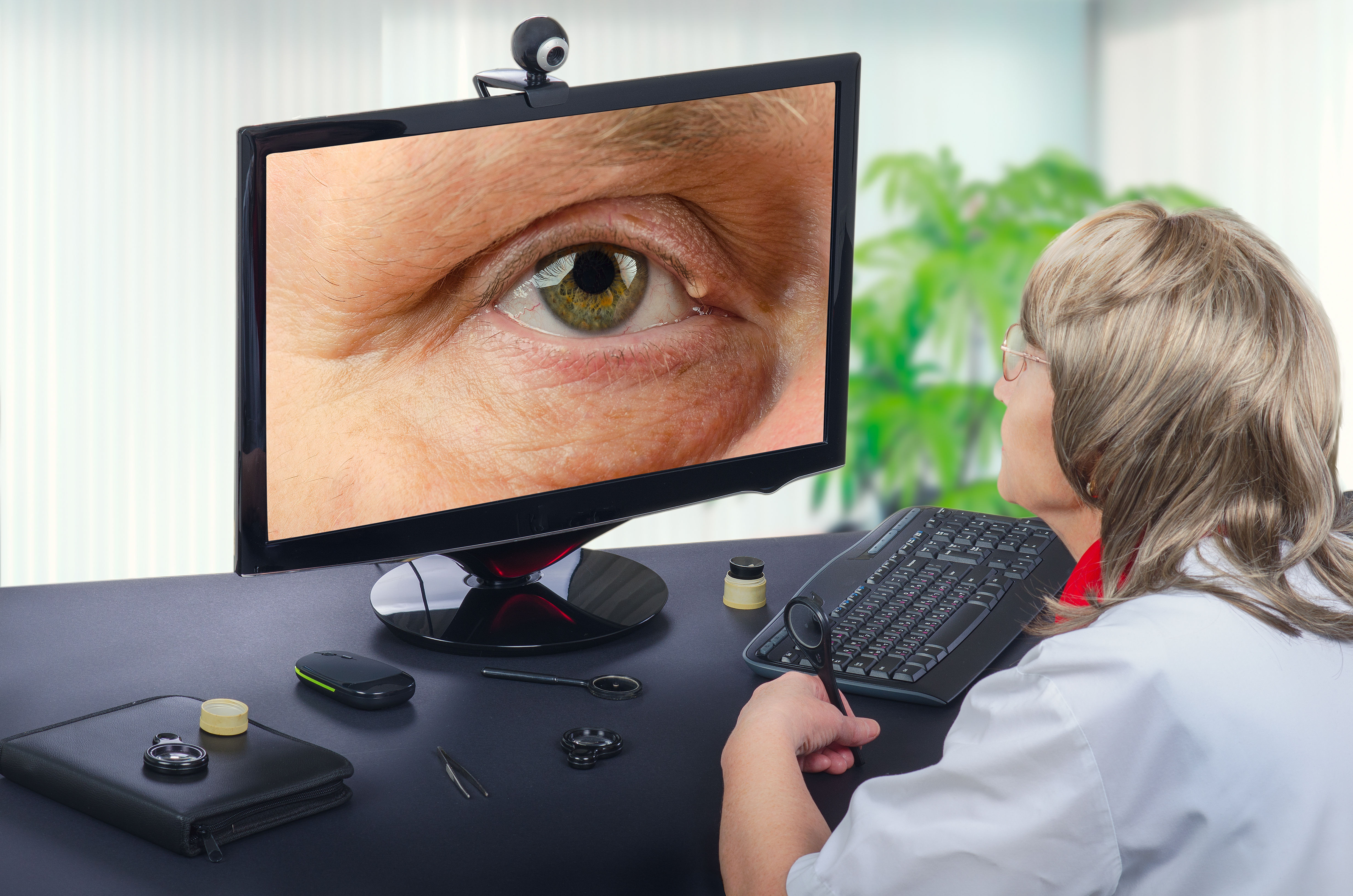A chalazion (tarsal cyst) is a little, yet painless, lump or swelling that develops on your eyelid. This kind of condition is caused by oil glands or blocked meibomian glands. It can further develop on both the upper and/or lower eyelid, and may eventually vanish without treatment. Chalazia is the term used in describing multiple chalazion.
Sometimes, a chalazion is mistaken as an internal or external stye. An internal stye is due to the infection of a meibomian organ, while an external stye is an infection in the region of the eyelash follicle and sweat gland. Styes are usually painful and chalazia typically are not. Chalazia may develop after styes.
It is necessary to see your eye specialist if you think you have a chalazion, in case it blocks your vision or if you’ve had chalazia before.


